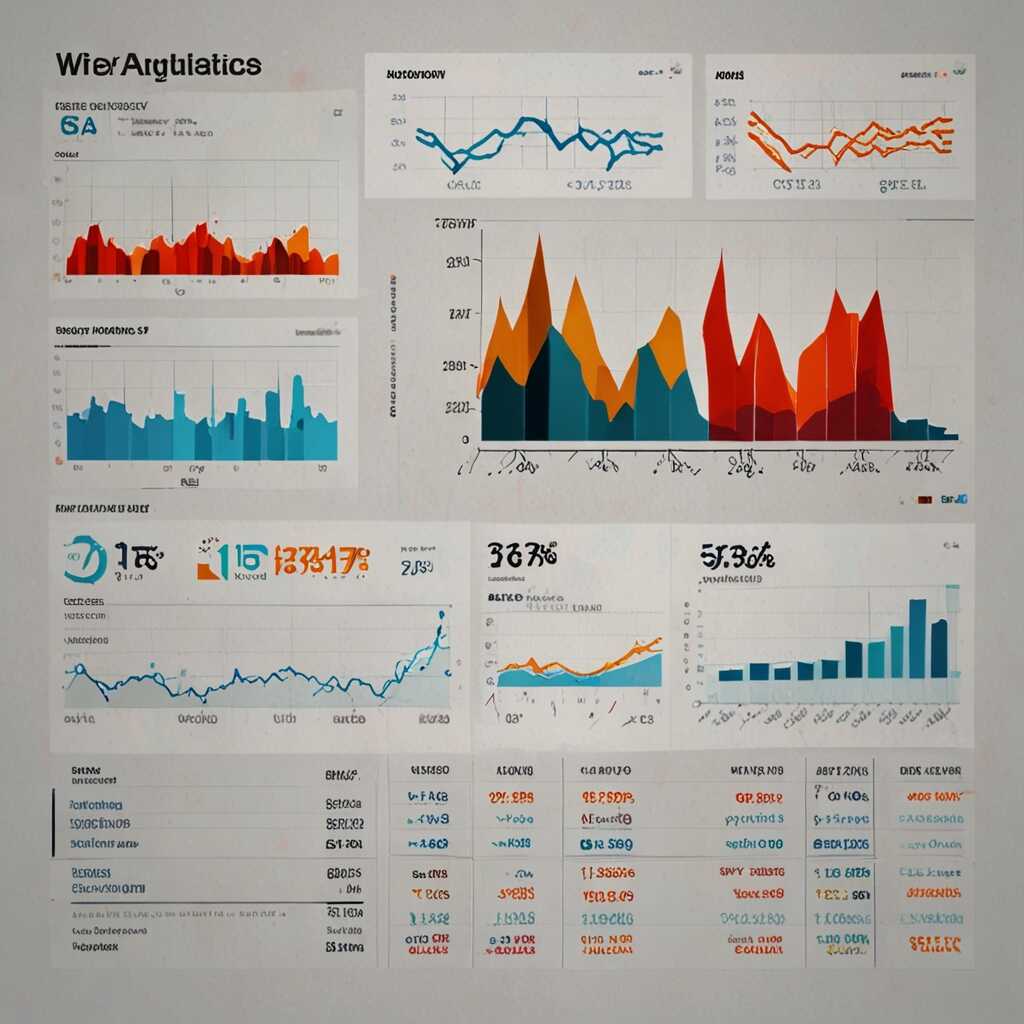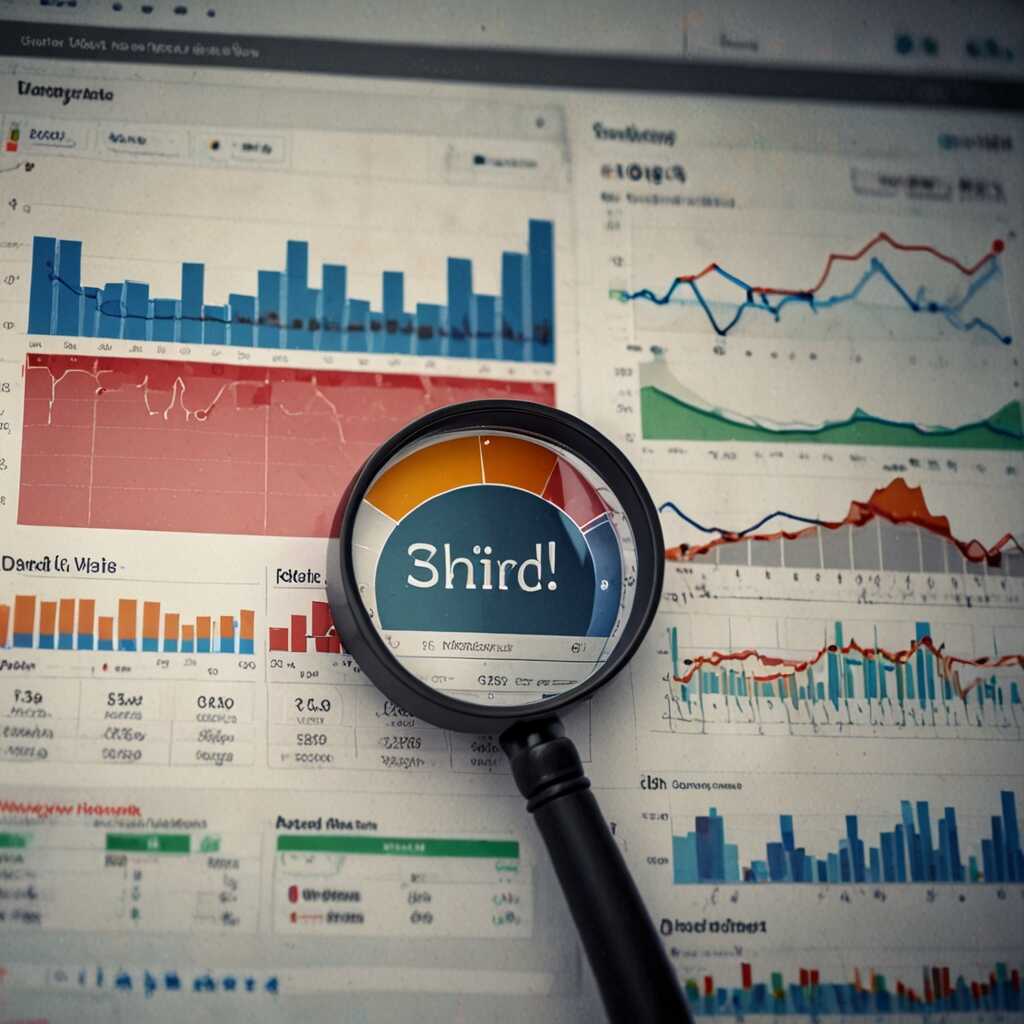Transforming your SEO strategy with backlink analysis tools can profoundly affect your website’s visibility and authority. These tools help you identify valuable links, analyze competitors, and uncover opportunities to boost your rankings. At Metrics Rule, we understand how essential effective backlink strategies are in today’s digital landscape, ensuring you stay ahead in the competitive SEO game. By leveraging these tools, you can not only enhance your search engine performance but also drive higher conversion rates, making your online presence more impactful.
The Critical Role of Backlinks in SEO Performance
Backlinks are links from other websites that point to your site. They are crucial because they help enhance your site’s authority and relevance in Google’s eyes. When quality backlinks come from reputable sources, they signal to search engines that your content is reliable and trustworthy. This, in turn, can lead to improved search rankings, driving greater organic traffic to your site. According to various studies, 70% of SEO experts agree that backlinks are essential for improving your visibility and authority online.
Understanding the Impact of Quality Backlinks
Quality backlinks greatly influence your site’s overall performance in search engine rankings. When other reputable sites link to your content, it helps validate the information you provide. This validation enhances your website authority, making it more likely to rank higher on Google and Bing. Additionally, backlinks can improve your SEO performance by increasing your site’s crawl efficiency. A well-rounded backlink profile can help you climb the ranks on search engines and ultimately lead to better organic traffic and increased conversions. Trust Metrics Rule to enhance your backlink strategy in Vancouver!
Understanding Functionality of Backlink Analysis Tools
Backlink analysis tools enhance your SEO strategy by offering deep insights into your website’s link profile. These tools provide users with crucial data that helps analyze link profiles by detailing the quantity and quality of backlinks. Essential features include traffic metrics that illustrate how much referral traffic is driven by backlinks. Additionally, anchor text distribution is covered, offering insights into the keywords used in links pointing to your site. This data is vital for ensuring your SEO efforts remain aligned with search engine algorithms and enhancing your site’s visibility.
Key Features to Look for in Backlink Analysis Tools
When evaluating backlink analysis tools, consider features that provide comprehensive link profile assessments, traffic metrics, and anchor text distributions. A good tool should also include real-time data capabilities for monitoring link health and insights into lost or toxic links. Metrics like domain authority, trust flow, and citation flow are crucial for understanding the quality of backlinks. Look for tools that offer easy comparisons across various domains while ensuring the reliability of their metrics. The best tools will improve the efficiency of your link-building efforts, helping you make informed decisions based on accurate and actionable data.

Methods to Identify High-Quality Backlinks
Identifying high-quality backlinks is vital for improving your website’s SEO performance. Key characteristics of strong backlinks include authority, relevance, trustworthiness, and diversity. Authority is measured by the domain’s reputation, while relevance indicates how closely it aligns with your content. A trustworthy site enhances reliability, and having backlinks from diverse domains boosts your profile’s strength. Focus on reliable sources known for quality content and good user experience. Encourage backlinks from respected blogs and sites within your niche, as they provide proven value to your SEO strategy.
Investigating Reliable Sources for Backlinks
When exploring reliable sources for backlinks, prioritize websites with high domain authority and relevance to your niche. For instance, a backlink from an authoritative site in the e-commerce industry will be more beneficial than one from a low-quality blog. Tools like backlink analysis tools can help identify these domains by looking at not only the domain authority but also user engagement metrics. Aim for backlinks from platforms that provide valuable content and have a solid track record in analytics. Conducting thorough research on these sources ensures your backlink strategy is effective and drives meaningful traffic to your site.
Key Statistics in Backlinking for Better Ranking
- 75% of websites don’t have a solid backlink strategy, impairing their visibility.
- Websites with over 100 backlinks can see a 60% increase in organic traffic.
- 40% of SEO professionals report that backlinks are the most crucial ranking factor.
- 70% of clicks go to the top three search results, making quality backlinks pivotal.
- Each 1% increase in backlinks can lead to a 0.5% rise in search rankings.
- Companies that utilize backlink analysis tools witness 50% faster growth.
- 85% of digital marketers believe that high-quality backlinks improve credibility.

How to Conduct an Effective Backlink Audit
To effectively identify harmful backlinks, start by using reliable backlink analysis tools such as Ahrefs, Moz, or Semrush. These tools help you evaluate the quality, relevance, and reliability of your backlinks. Focus on metrics such as domain authority, spam score, and the anchor text used. Identify any links from low-quality or irrelevant websites and assess their potential negative impact on your site’s authority. During your audit, include at least 100 backlinks to get a sufficient understanding of your site’s backlink profile. The goal is to enhance your SEO performance by removing toxic links that could hinder your website’s visibility.
Common Tools for Backlink Audits
Several tools are essential for a thorough backlink audit. Ahrefs, Moz, and Semrush are popular options that provide comprehensive backlink data. These tools deliver metrics like domain authority and spam scores, helping you identify harmful backlinks efficiently. Additionally, Google Search Console offers insights into your backlink profile and alerts you about potential issues. Using these tools ensures you have accurate data, enabling you to take action against low-quality links. Implementing these tools in your backlink audit process is critical for improving your website’s authority and overall SEO performance.

Strategies for Leveraging Competitor Backlink Insights
Analyzing competitor backlinks significantly enhances your SEO strategy by identifying reliable link-building opportunities. You can begin by testing tools like Ahrefs, Moz, or SEMrush to gather essential data on your competitor’s links. This comparison helps you to discover which sites are linking to them but not to you. Such insights will enable you to refine your own backlink efforts. Moreover, understanding what percentage of your traffic stems from backlinks will guide your strategy to focus on high-quality, authoritative links, which can improve your site’s visibility and authority.
Effective Backlink Analysis Tools: A Detailed Review
When selecting tools for competitor backlink analysis, consider features that enhance your research. Ahrefs is renowned for its extensive backlink database and user-friendly interface, making it easy to visualize link profiles. Moz offers a quality score that helps prioritize valuable links, while SEMrush provides comprehensive competitor analytics that include link gap analysis. Using these tools effectively can help you build a robust link-building strategy. By leveraging their capabilities, you can ensure a proven method to uncover quality backlinks that boost your site’s performance in search engine rankings.
Advantages of Using Tools for Link Evaluation
- Enhances your site’s authority through credible links.
- Identifies effective backlink sources that drive traffic.
- Streamlines the link-building process, saving you time.
- Allows monitoring of competitor backlinks for strategic insights.
- Helps discover harmful backlinks that may affect SEO negatively.
- Equips you with data to improve content marketing efforts.
- Boosts site rankings over time by refining your linking strategy.

Creating a Long-Term Backlink Development Plan
Building a sustainable backlink strategy begins with understanding your target audience and their needs. Generate a list of relevant websites in your niche that can provide potential backlink opportunities. Use outreach engagement approaches like personalized emails, social media interactions, and networking events. Ensure consistency in your outreach efforts by maintaining a regular schedule, aiming for quality backlinks. A practical goal is to secure around 3-5 high-quality backlinks monthly, depending on your availability and overall strategy.
Essential Outreach Strategies for Effective Backlink Generation
To enhance your backlink development plan, focus on relationship building with influential bloggers or industry experts. Collaborate by offering guest posts that provide mutual benefits and showcase your expertise. Research competitors’ backlink profiles to identify opportunities for your site. This comparison will reveal where you can also be featured or linked. Utilize tools that track these relationships and ensure consistent communication. Engaging directly with your audience via webinars or podcasts can also strengthen your brand’s visibility and reliability, making backlink generation easier.
Recommended Tools for Comprehensive Backlink Analysis
Several tools stand out for backlink analysis, each with its unique advantages. Popular tools include Ahrefs, SEMrush, and Moz. They provide comprehensive SEO performance metrics, but their reliability can depend on specific needs. For example, Ahrefs is excellent for in-depth backlink profiles but may be more expensive. SEMrush offers a robust feature set for keyword tracking, while Moz provides useful reliability through its metrics. When choosing a tool, consider what features enhance efficiency and match your specific SEO goals. For instance, some tools may offer valuable reviews, enabling you to perform an effective comparison of your backlink landscape.
Key Features to Look for in Backlink Analysis Tools
When selecting a backlink analysis tool, focus on essential features that will enhance your SEO strategy. Look for tools that provide reliable data on your backlinks, including their quality, source, and relevance. A great tool should also allow for efficient tracking of both lost and gained backlinks over time. Features like competitor analysis help you understand what backlinks benefit their SEO performance. Tools that include AI capabilities can enhance keyword research and identify backlink opportunities to improve your website’s authority. Ensure your chosen tool offers good support, making it easier to navigate as you optimize your website effectively.
Recognized Brands in Link Analysis Arising in the Marketing Sphere
- Ahrefs: Offers a robust database and user-friendly interface; great for beginners.
- Moz: Known for its page authority metrics; can be less comprehensive than others.
- SEMrush: Provides extensive keyword data; can overwhelm users with features.
- Majestic: Excels in historical link data; its interface might feel complex.
- Linkody: Budget-friendly; however, it lacks advanced features seen in competitors.
- Tools like Ubersuggest are popular among small businesses for straightforward analysis.
- Content creators benefit significantly from using backlink tools tailored for visibility growth.
Case Studies Illustrating SEO Success through Backlink Analysis
Several businesses have experienced remarkable success by utilizing backlink analysis tools. For instance, a Vancouver-based e-commerce site improved its search visibility by 150% after identifying high-quality backlinks and removing toxic ones. Another case involves a content marketing agency that analyzed competitor backlinks, enabling it to capture over 300 new referring domains, which significantly contributed to organic traffic increases. Lastly, an online education platform implemented regular backlink audits, leading to a 40% boost in their keyword rankings. These cases show that backlink analysis tools can deliver actionable results across different sectors.
How Different Industries Leverage Backlink Analysis Tools
Backlink analysis tools serve various industries differently, helping them tailor their SEO strategies effectively. E-commerce companies often focus on gaining high-value backlinks from relevant product reviews and partnerships. Conversely, local businesses use these tools to analyze competitor backlinks to acquire links from local directories and niche blogs. Meanwhile, SaaS companies benefit by identifying and replicating the backlink profiles of successful competitors in their domain. This targeted approach enhances their online authority and improves their search engine rankings, demonstrating the flexibility of backlink analysis tools in different contexts.
